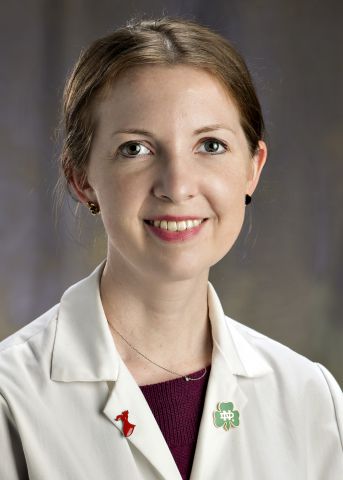
Systems not in place to help provide needed care to survivors and caregivers, both lay and professional
DALLAS, TX-- More people are surviving sudden cardiac arrest thanks to improved systems of care during and until hospital discharge. However, systems of care after hospital discharge, when many sudden cardiac arrest survivors are known to suffer from physical, cognitive and emotional problems, are lacking and need to be addressed, according to “Sudden Cardiac Arrest Survivorship: A Scientific Statement from the American Heart Association,” a new statement published today in the Association’s flagship journal Circulation.
People with many other serious and chronic health conditions benefit from established, longer-term systems of care. For example, comprehensive recommendations exist for how to address the physical, emotional and psychosocial issues people face after heart attack, stroke, cancer, and solid organ transplantation. Those recommendations often address prevention, surveillance, rehabilitation, and patient and caregiver support systems, according to statement author Kelly N. Sawyer, MD, MS, assistant professor of emergency medicine at the University of Pittsburgh School of Medicine in Pittsburgh, Penn.
“There is a growing movement in the critical care community to address the gaps in patient-centered care after critical illness including sudden cardiac arrest,” Sawyer said.
Cardiac arrest is deadly. Only about 11% of patients who have a sudden cardiac arrest out of the hospital survive to discharge and 26% of those who have a sudden cardiac arrest while in the hospital survive to discharge. Still, more than 70,000 sudden cardiac arrest patients are discharged annually from U.S. hospitals with no formal rehabilitation plan.
For survivors, the impacts of cardiac arrest are far-reaching, according to Sawyer.
“Patients, families, caregivers, health care providers, prehospital providers, and lay rescuers might struggle with symptoms of anxiety, depression and post-traumatic stress after performing, watching or being resuscitated. Survivors, specifically, may also experience physical and neurologic challenges after being in the hospital,” she said.
Physical challenges include chest-wall pain, muscle weakness, and difficulty with balance, which can have a significant impact on routine daily living activities such as walking or rising from a chair. Neurologic problems include seizures, stroke, movement disorders or trouble with voice or vision.
“Survivors often struggle with cognitive dysfunction, including trouble with attention, multitasking, and memory, which may make everyday activities or return to work difficult. They may also struggle with existential concerns, such as ‘why me?’ or ‘what now?’ Fatigue is very common,” Sawyer said. “Individuals who ‘look well’ may still have significant cognitive and psychosocial needs not easily identified or treated without deliberate evaluation and intervention.”
There is also growing recognition that families and caregivers need but don’t receive valuable resources and support.
Physical and mental effects from sudden cardiac arrest can linger for months, even years; yet today’s healthcare models don’t adequately meet cardiac arrest survivors’ post-acute needs in a standardized, comprehensive way, according to Sawyer.
“Survivorship is a journey that starts with the sudden cardiac arrest and includes at least the first 12 months thereafter,” Sawyer said. “Post-cardiac arrest care is multi-disciplinary and requires coordination so that it does not end when patients are discharged from the hospital.”
Statement authors included a template providers can use when discharging sudden cardiac arrest patients from the hospital. They identified knowledge gaps and research priorities for improving cardiac arrest survivorship including studies focused on interventions needed to optimize survivorship after sudden cardiac arrest. They also included a lay summary to educate patients and caregivers about common challenges of survivorship.
“This statement highlights that survival after cardiac arrest is complex and requires long-term support. Health care partners and community leaders can provide survivors, their families, and rescuers the opportunities to share their stories and to add their voices as powerful advocates for CPR training, automated external defibrillator (AED) use, and general cardiac arrest awareness,” she said. “The work needed to move the needle to improve cardiac arrest survivorship is immense and cannot be done without partnerships and teamwork.”
SOURCE: American Heart Association
